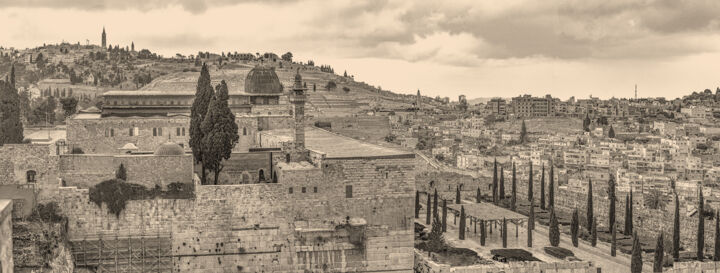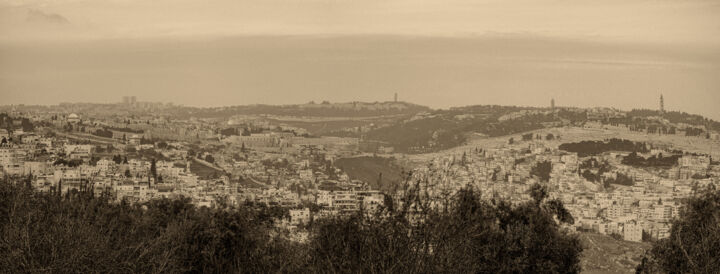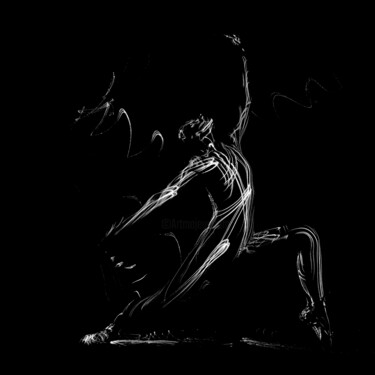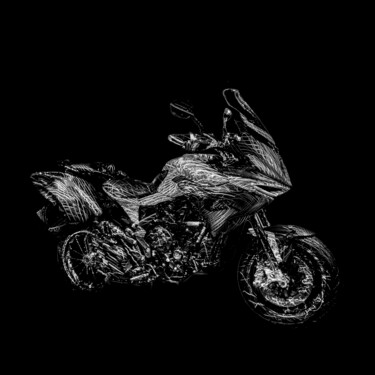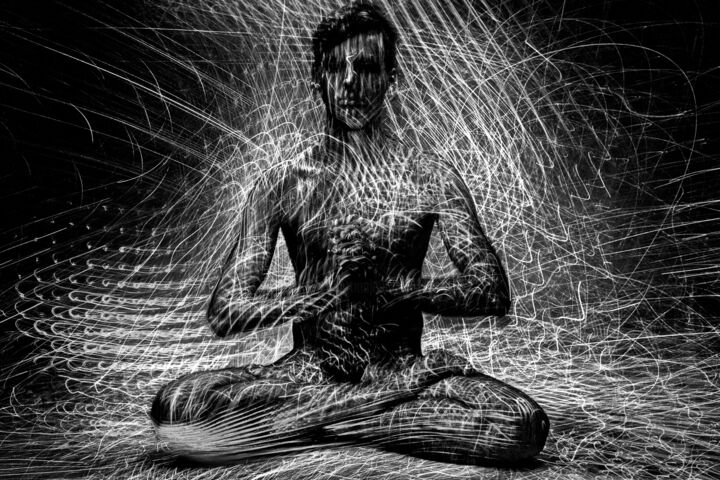Προστέθηκε 5 Ιουν 2025
'Laser Portrait. Montenegro' in Reforum Space, Budva
I ulica, Budva 85310, Черногория
Σάββατο
9
Αύγουστος
2025
Σάββατο
31
Αύγουστος
2024
Victor Ribas and the Faces of Displacement
There is something quietly radical in watching a beam of red light trace the features of a human face. Not in haste, not in judgment—but with attention, like reading an unwritten biography. In 'Laser Portrait. Montenegro', artist Victor Ribas transforms this act into an artistic and political gesture of rare resonance.
This project was born in Montenegro, where Ribas—like many who fled Russia after February 24, 2022—found himself not by intention, but necessity. Yet what he encountered there was not emptiness, but life. A mosaic of displaced individuals began forming a new social fabric: Russian and Ukrainian actors performing together, volunteers and curators from different countries speaking openly—sometimes even optimistically—about a war that had pushed them all into unfamiliar territory. Here, in this unlikely refuge, conversations unfolded not just in shared languages, but in shared conviction: that war against Ukraine is a war against civilization itself, and that truth must remain visible.

Montenegro's landscape played a quiet role in all this. The wild grace of its coastline, the generosity of its seasons, the unmediated presence of nature became a kind of compensation—not healing, but grounding. It is in this atmosphere that Ribas took his laser-based portraiture in a new direction. For the first time, he began pairing his signature laser scans with conventional photographic portraits taken in natural sunlight. Each participant received a diptych: one image reflecting outward calm, the familiar tones of Mediterranean daylight; the other—etched by the slow path of a laser beam—revealing the latent tension, the compressed energy of someone newly displaced and still carrying the charge of flight.
The contrast is arresting. The sunlight portrait suggests serenity, perhaps even belonging. The laser scan, by contrast, exposes a flicker beneath the surface—a charged map of adaptation, anxiety, and resilience. Together, these diptychs form not only a document of faces, but a layered record of emotional states in exile.
Each portrait is accompanied not by a label, but by a personal narrative written by the sitter on a sheet of A4 paper. These texts lend specificity to the universal, revealing not just the circumstances of departure, but the complexity of arrival. In the gallery, they function as second voices—quiet, handwritten, but undeniable.

This exhibition feels more organically situated within Reforum Space than perhaps in any other art venue in Montenegro. Here is a bookshelf lined with titles recently banned in Russia; nearby, prints of drawings made by prisoners hang in quiet testimony. Ukrainian flags and symbols of the now-prohibited international LGBTQ+ movement serve as modest emblems of solidarity. A donation jar for the Pristaniste Refugee Fund sits beside postcards for those wishing to take part in the “Letters to Political Prisoners” initiative, also hosted here.
On August 13, participants gathered to learn of the passing of pianist Pavel Kushnir, who died in pretrial detention in Birobidzhan on July 27, 2024. Isolated from family, unknown to human rights organizations, and without letters of support, he was left alone with state cruelty and the silent complicity of those who administered it. The artist, who shares a birthplace with Kushnir in the Jewish Autonomous Region, chose to mark this loss quietly within the space. Nearby hangs a poster announcing: “August 18, Sunday – International Day of Remembrance for Alexei Navalny.”

At the exhibition’s opening, project participants Viktor Koshel and Katarina Sinchillo, actors from the European Act theater, performed songs from the Ukrainian folk tradition, alongside original poetry that gave voice to the deep wound left by the Ukrainian people’s betrayal at the hands of their “older brother.” Their performance resonated with quiet intensity, echoing the emotional terrain of the exhibition itself.

They were joined by Viktoria Devi, who performed “Chervona Ruta”—a song especially meaningful to the artist, cherished since childhood. Composed in 1970 by Volodymyr Ivasyuk, it added a note of memory and personal history to the evening, bridging past and present in a shared emotional register.
 Marat Gelman, gallerist
Marat Gelman, gallerist
Notably, the project has drawn interest from prominent figures in the art world. Among them is Marat Gelman, a highly respected gallerist, who took part in the project and recognized in his resulting portrait diptych a document of personal and cultural resonance. His engagement extended further—he chose to include in his collection Victor Ribas’s earlier work, Russian Ballerina, underscoring a long-standing appreciation for the artist’s vision.
That vision is deeply humanist. Ribas does not seek to monumentalize pain or to aestheticize exile. Rather, he aims to make the world more understandable, and perhaps more humane, by offering a new tool for perceiving others—an artistic method that exposes not only what is seen, but what is sensed. His portraits, in their duality and precision, allow the viewer to encounter individuals not as archetypes of displacement, but as layered, thinking, feeling human beings.
Laser Portrait. Montenegro is not a static exhibition—it is a living platform. It offers fertile ground for future collaborations: for institutions, collectors, and cultural foundations interested in commissioning portraits that are both artistically advanced and historically meaningful. Ribas’s method, already recognized by institutions such as the Luciano Benetton Collection and the State Russian Museum, is adaptable, mobile, and rich with potential.
What remains constant is the artist’s central purpose: to look closely, to listen, and to illuminate. One line of light at a time.



